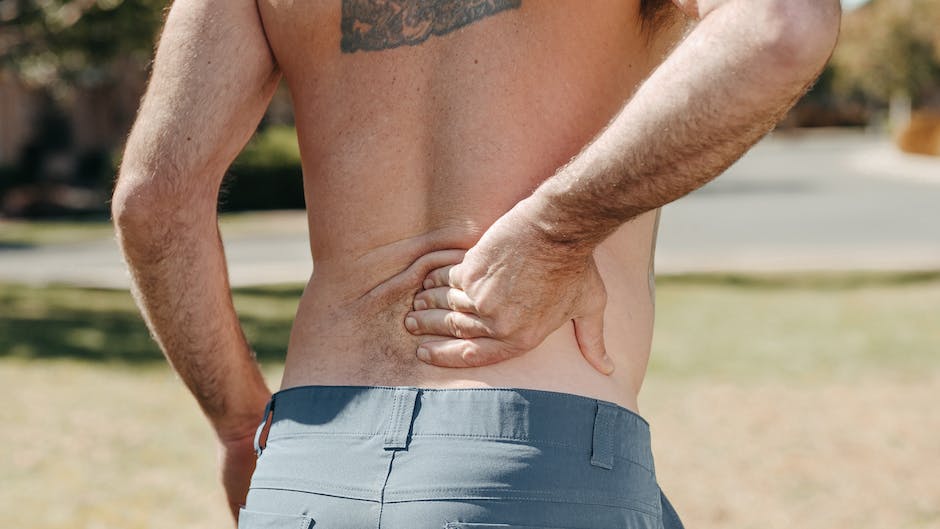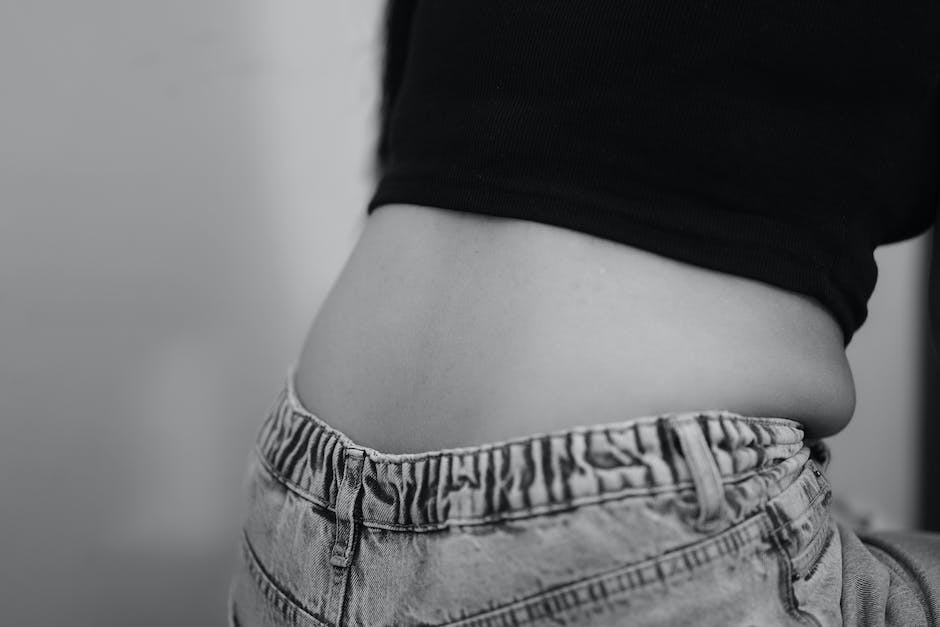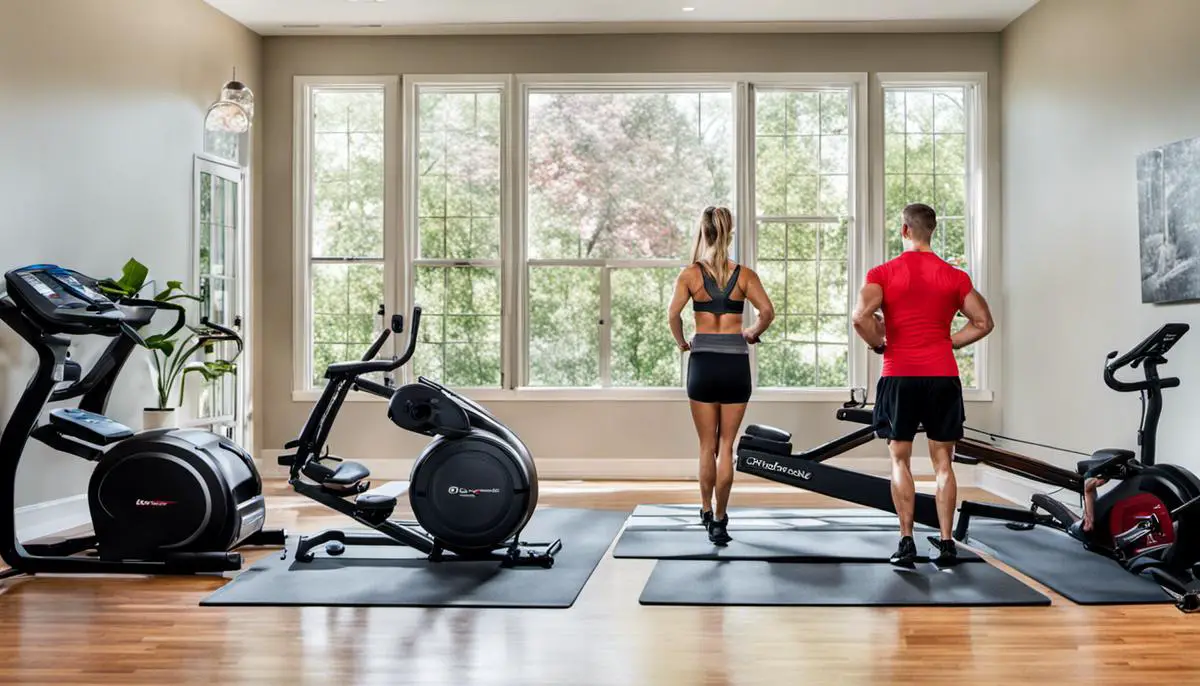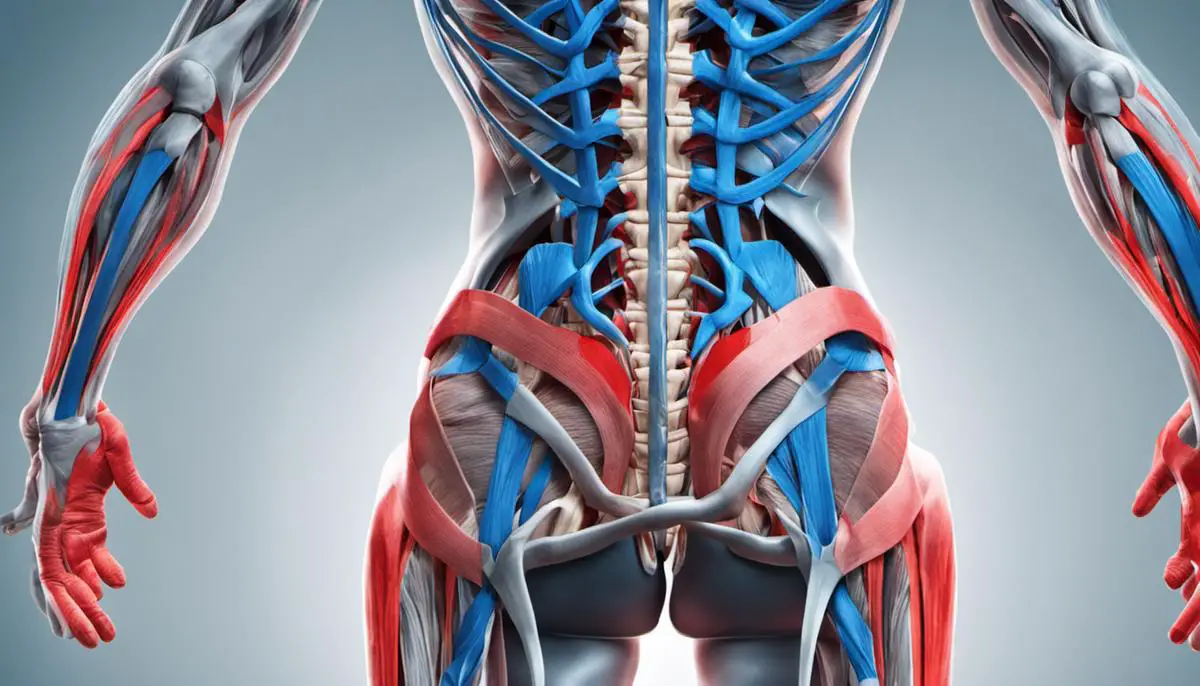We live in an era where many of us spend hundreds of hours hunched over computers, leading to a prevalence of lower back pain that affects a significant percentage of the population. To understand the complexities of this issue, it’s essential to first comprehend the delicate anatomy of the back, which includes muscles, tendons, ligaments and the spinal structure. While physical strain, sedentary lifestyles and aging can contribute to discomfort, one of the most effective tools for prevention and management is regular exercise. This analysis aims to underscore the importance of a consistent workout routine dedicated to lower back health, and further delve into reviewing various types of exercise equipment designed precisely for this purpose.
Understanding lower back pain and it’s cause
Understanding Lower Back Pain and Its Causes
Lower back pain is a common complaint among adults, and it often results from complications within the structures of the lower back. The lower back or the lumbar region houses an intricate structure of interconnecting bones, joints, nerves, ligaments, and muscles all working together to promote strength, flexibility, and movement.
Typically, lower back pain is rooted in issues with these various components. Muscles, for example, help support the spinal column and a strain or tear can lead to significant discomfort. Similarly, the spinal discs, which act as shock-absorbing cushions between the vertebrae, can degenerate, bulge, or rupture, causing pain. Ligaments, which connect bones to other bones, can also become strained or torn, contributing to pain.
Common Causes of Lower Back Pain
One of the leading causes of lower back pain is a sedentary lifestyle. Sitting for prolonged periods can lead to muscle atrophy and weakness, causing unnecessary strain on the lower back. Similarly, lack of physical activity can weaken the core muscles, making them less able to support the spine and leading to back pain.
Physical strain and injury, often due to improper lifting, sudden movements, or trauma, can contribute to back pain. Age also plays a significant role, with older adults more likely to experience issues like disc degeneration or osteoarthritis. Other contributing factors could be obesity, which puts extra pressure on the spine and back muscles, and psychological stress, which can cause muscle tension and inflammation, resulting in back pain.
Finding the Ideal Exercise Equipment for Lower Back Pain
Lower back pain can be a debilitating condition, but having the right exercise equipment to hand can be a game changer in managing and reducing such discomfort. When choosing the tools for your exercise routine, it’s essential to select those items that promote the correct body alignment, reduce the stress on the lower back, and help enhance the strength and flexibility of your back and core muscles.
One great tool to consider is an exercise ball, noted for its effective strengthening capabilities, especially for the core muscles. Posture improvement and spinal stability are added benefits of this equipment. Another excellent option is the balance board or stability trainer. These not only work the core muscles, but also help improve balance and coordination, taking strain away from the lower back.
For a low-impact workout targeting your lower back and core muscles, resistance bands are highly recommended. With the tension level versatility, you can adapt your workout to suit your fitness level. Inversion tables and traction devices have also been proven to be beneficial; these types of equipment allow the spine to stretch and decompress, effectively reducing the pressure on spinal discs.
Cardio workouts can also be beneficial in managing lower back pain. Exercise bikes or elliptical trainers are excellent options for providing such workouts while keeping the impact on the lower back to a minimum. This ensures that stress on the lower back remains low compared to activities like running or jogging.
While these equipment options can be useful in relieving lower back pain, it is crucial to follow the correct form and technique. It may also be beneficial to consult with a physical therapist or certified personal trainer for personalized guidance in equipment selection and usage.

Highlighting Importance of Exercise in Managing Lower back pain
Raising Awareness about Back Pain and Its Commonality
There are a multitude of conditions that can cause lower back pain, ranging from strained muscles and ligaments in the back to disc injuries, or even diseases like arthritis or sciatica. Though varied, these conditions usually have a common thread: weak or inflexible muscles located in the lower back region. These muscles are crucial for providing spinal support. However, when they are neglected or in poor condition, they can cause injuries or strains, contributing to pain and discomfort in the back area.
Exercise for Manage Lower Back Pain
Physical therapists and healthcare professionals agree that exercise is an effective natural remedy for lower back pain. By incorporating a regular regimen of specifically targeted exercises, individuals can strengthen the muscles in their lower back, increasing flexibility, boosting blood flow to the area, and reducing the risk of injury or chronic pain.
Choosing the Right Exercise Equipment for Lower Back
While many traditional exercises can strengthen back muscles, certain types of equipment can specifically target the lower back for even more effective results.
- Exercise Balls or Swiss Balls: These inflatable balls allow individuals to perform stability exercises that can strengthen the muscles of the lower back. Some exercises include stability ball back extensions or back bridges.
- Resistance Bands: These stretchy bands help provide resistance against muscle movements which forces it to work harder. Doing exercises like banded good mornings or banded pull throughs can effectively target the lower back muscles.
- Roman Chair or Back Hyperextension Bench: This specific piece of gym equipment allows for hyperextension exercises which train the lower back, glutes, and hamstrings. It’s especially effective for strengthening the lower back.
- Foam Rollers: While not directly an exercise tool, foam rollers are extremely beneficial for relieving tension in the lower back and increasing mobility.
- Yoga Mats: Practicing yoga poses or Pilates can be beneficial to the overall flexibility of the body and the strength of the lower back. A good quality mat is essential in providing comfort and support during these exercises.
Preventative Back Health: The Value of Consistent Exercise
Regular, consistent exercise is crucial in preventing lower back pain. Incorporating low-impact exercises into your routine not only strengthens and builds endurance in lower back muscles but also improves overall bodily functions. It’s recommended to consult a healthcare professional or a certified fitness trainer before starting any exercise regimen for managing lower back pain.
Safety Measures While Exercising Lower Back
While exercising is beneficial for managing lower back pain, safety and proper form are important to reap the full benefits. Incorrect form or excessive strain can lead to further injury. Consulting a fitness expert or therapist before undertaking new exercises ensures that your efforts provide the best possible outcome for lower back health.
There are diverse strategies for managing back pain, dependent heavily on its root cause. Nevertheless, exercise equipment plays a pivotal role in strengthening and enhancing the flexibility of the lower back. Whether it’s Swiss balls, resistance bands, Roman chairs, or foam rollers, the correct and regular use of these equipment can aid in relieving and warding off lower back pain. By consistently and safely exercising, individuals can see a significant reduction in chronic pain, improved freedom of movement, and generally improved quality of life.

Review of Best Lower Back Exercise Equipment
Rowing Machines
Rowing machines are an excellent option for treating lower back pain with the added benefit of providing a full-body workout. By emulating the process of rowing a boat, they engage lower back muscles, along with the legs, arms, and core. Some key benefits of rowing machines include their capacity to provide a workout that is gentle on the joints and suitable for all fitness levels- making them a low-impact exercise. On the downside, they can take up significant floor space and might be on the pricier side. Depending on the model and its features, a rowing machine can range anywhere from $300 to $1,500.
Stability Balls
Stability balls are a cheap and effective exercise tool for targeting the lower back muscles. They’re versatile and can be used in a variety of workouts like Pilates, yoga, and strength training. While inexpensive and easy to use, they do require some level of balance and stability, making them potentially challenging for beginners. The cost of a stability ball typically ranges from $10 to $40.
Foam Rollers
Foam rollers are used primarily for stretching and myofascial release, which can be extremely beneficial for alleviating lower back pain. They’re inexpensive, compact, and easy to use at home. The primary downside of foam rollers is that using them can be uncomfortable or even painful, particularly when first starting out. Foam rollers generally cost between $10 and $50 depending on the size and density.
Resistance Bands
Resistance bands are another versatile and economical option for lower back exercises. They are light, easy to carry, and can be used in a multitude of exercises targeting different muscle groups. Resistance bands can take some getting used to and it can be challenging to maintain proper form initially. Depending on the durability and resistance level, these bands usually cost between $10 to $50.
Inversion Tables
Expert reviews often cite inversion tables as an effective tool for easing lower back pain. By suspending the user upside down, they use gravity to stretch the spine and relieve pressure. While they can provide significant relief, they’re typically the most expensive option and take up a lot of space. Additionally, they’re not suitable for everyone, particularly those with high blood pressure or heart disease. Inversion tables typically cost over $100, with some models costing several hundreds of dollars.
Exercise Wheels
The exercise wheel, also known as an ab wheel, can be a highly effective tool for strengthening your lower back and core. However, they normally require some baseline level of strength and stability so might not be suitable for fitness beginners. An exercise wheel usually costs between $10 and $30.
Primarily, choosing the best lower back exercise equipment depends on factors like your budget, available space, current fitness level, and specific health considerations. It’s also advised to consult with a healthcare provider or a fitness professional to choose equipment that’s most suitable for individual needs.

Making an informed decision about the best exercise equipment for lower back goes beyond the simple understanding of the product itself; you need to consider your specific needs, limitations, and convenience. By incorporating regular workouts, you not only strengthen the back muscles but also maintain flexibility and resilience in the spine, decreasing the risk of pain and injury. Whether it’s a gym-centric equipment like a rowing machine, or a simple home-based item like a resistance band, every tool has its place in lower back health. The aim is not just to alleviate pain but also to prop up a lifestyle that prioritizes physical wellbeing, and investing in the right equipment is a step forward in that direction.

I love your wp format, where did you get a hold of it?